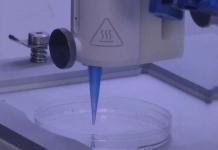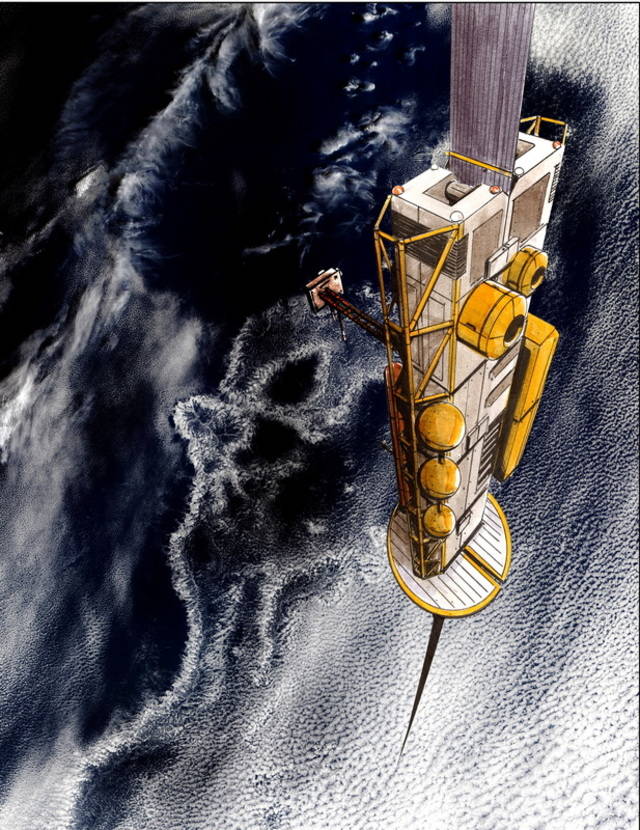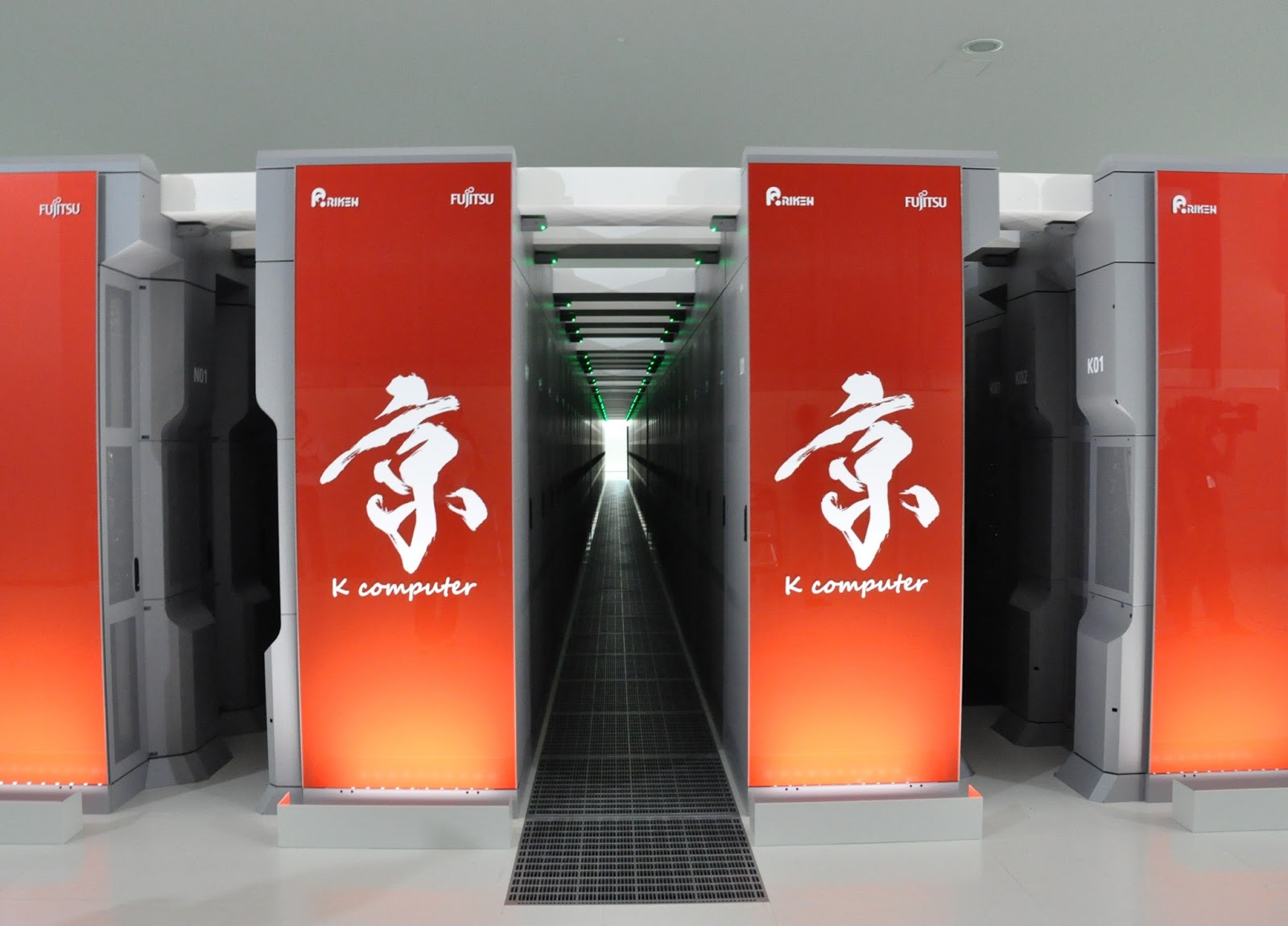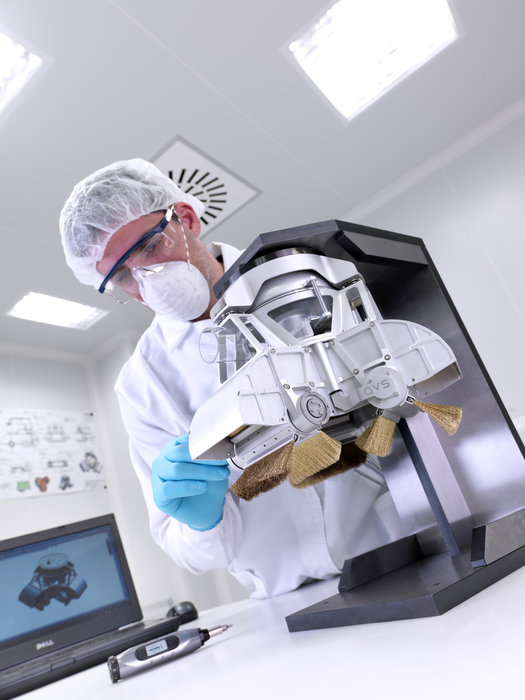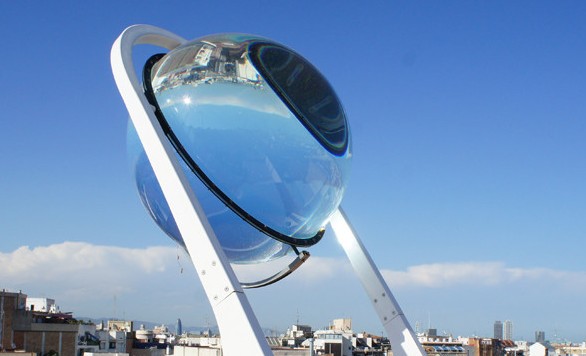The T-1000 from Terminator 2 is one step closer to becoming something real, even though the liquid metal machine developed by Chinese researchers at Tsinghua University in Beijing, China is nowhere as fast or dangerous.
Their project wasn’t born from the wish to put an end to humanity, and may indeed have some practical applications besides creating lean, mean, metal killing machines. The most fascinating aspect of this experiment is that the machine does not require any programming and as long as there is “fuel” around, it can move forward by eating.
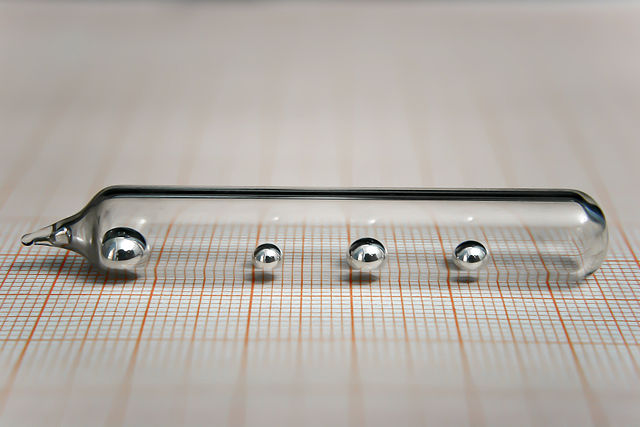
“The soft machine looks rather intelligent and [can] deform itself according to the space it voyages in, just like [the] Terminator does from the science-fiction film,” explained Jing Liu from the Tsinghua University during an interview with Technology.org. “These unusual behaviours perfectly resemble the living organisms in nature.”
The liquid metal machine is actually made from galinstan, an alloy of gallium, indium and tin in these proportions: 68.5%, 21.5% and 10%. Since this mix has a melting point of -19 degrees Celsius, at room temperature it can always be found in a liquid state. The aforementioned fuel is represented by aluminum flakes, which the galinstan robot eats in order to propel itself.
It should be noted that the liquid motor can move by itself for up to an hour, as long as it’s placed in a Petri dish with sodium hydroxide or brine, and it’s fed an aluminum flake. If it’s locked into place, the galinstan machine can act as a pump. In this scenario, it can shift 50 milliliters of water per second. It might not sound like a lot, but a greater liquid machine would move greater quantities of water.
The liquid motor has been described by its inventors as having “large surface tension, desirable flexibility, high electrical conductivity and low toxicity,” and with so many advantages, we shouldn’t be surprised if it finds its way to industrial applications.
More details about this project are available in the journal Advanced Materials, where the Chinese researchers have published a paper titled Self-Fuelled Biomimetic Liquid Metal Mollusc. Adding intelligence to these robots is the next logical step, but that might indeed be a challenge, as coordinating a swarm of liquid metal drops to move together is not exactly child’s play.
Be social! Follow Walyou on Facebook and Twitter, and read more related stories about liquid metal 3D printing, or the molten metal batteries for storing renewable energy.

